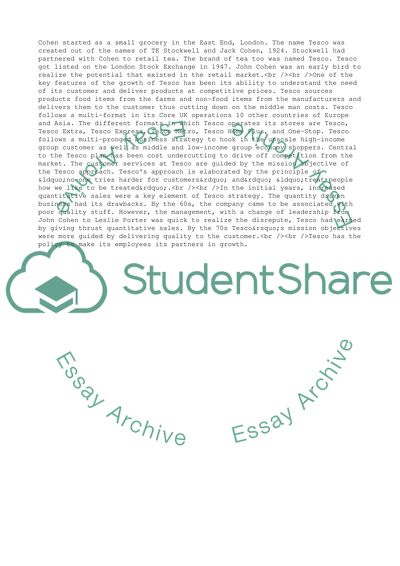Cite this document
(The Mission, Objectives and Responsibilities of Tesco Assignment, n.d.)
The Mission, Objectives and Responsibilities of Tesco Assignment. https://studentshare.org/business/1709615-business-environment
The Mission, Objectives and Responsibilities of Tesco Assignment. https://studentshare.org/business/1709615-business-environment
(The Mission, Objectives and Responsibilities of Tesco Assignment)
The Mission, Objectives and Responsibilities of Tesco Assignment. https://studentshare.org/business/1709615-business-environment.
The Mission, Objectives and Responsibilities of Tesco Assignment. https://studentshare.org/business/1709615-business-environment.
“The Mission, Objectives and Responsibilities of Tesco Assignment”. https://studentshare.org/business/1709615-business-environment.


